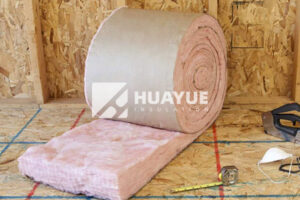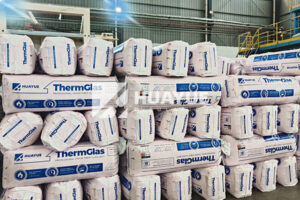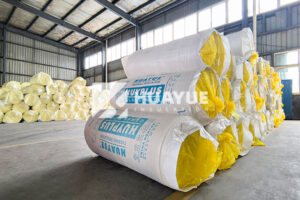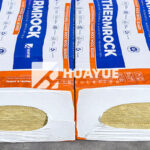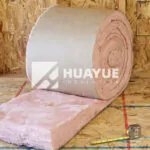Can Fiberglass Insulation Grow Mold?
Mold feels unstoppable in damp buildings, spreading fast and quietly damaging health and structures without much warning.
Fiberglass insulation itself does not support mold growth. Mold needs organic material, moisture, and a food source. Fiberglass is inorganic, so it won’t feed mold unless other materials or debris are present.
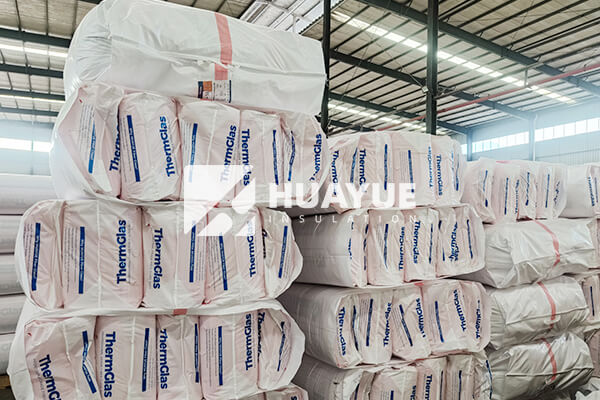
Many people think every insulation can become moldy. Once fiberglass gets wet, they worry and act fast. But most forget what mold actually needs to survive. This leads to confusion and many costly mistakes. I meet site managers who replace insulation without checking why mold formed. Let’s look closer at how mold and fiberglass interact.
How to Remove Mold From Fiberglass Insulation?
A patch of mold on insulation scares anyone. People panic and start tearing things out. The fear lingers because mold health risks feel mysterious.
To remove mold from fiberglass insulation, first fix the moisture source. Remove affected insulation and clean the area with a simple disinfectant. Always wear protective gear. Replace any insulation that is wet, compacted, or visibly moldy to avoid further contamination.
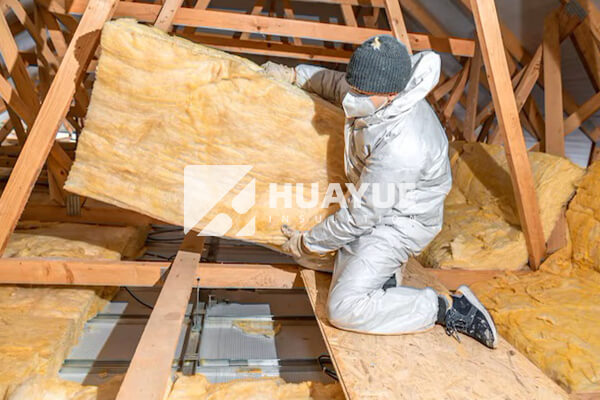
When I talk to industrial engineers like Hans Müller, their first step is always finding the cause. Mold appears only where moisture stays and organic dust or debris collects. Moldy fiberglass should be replaced rather than repaired. In chemical plants, this means isolating leaks, removing all affected pieces, and sanitizing the exposed tank or wall with basic cleaning solutions. Protective masks and gloves stop inhalation and skin exposure. Even a small patch can mean the area is damp long-term. Always check nearby insulation and surfaces. After clean-up, keeping humidity low is key. Here’s a quick reference table for my standard clean-up process:
| Step | Action | Why |
|---|---|---|
| Stop moisture source | Fix leaks, dry area | Prevent mold |
| Remove insulation | Pull moldy insulation | Eliminate risk |
| Clean surfaces | Use mild disinfectant | Kill spores |
| Replace insulation | Use new material | Restore R-value |
| Monitor humidity | Use sensors or AC | Ongoing control |
I advise doing inspections every few months, especially near pipes or tanks, where condensation is likely.
Does Fiberglass Wool Support Mold Growth?
People think every type of insulation is the same. Rumors about mold travel fast in new facility construction.
Fiberglass wool does not support mold growth unless dirt or organic matter collects on it. Mold needs food, warmth, and dampness. Clean, dry fiberglass stays mold-free.
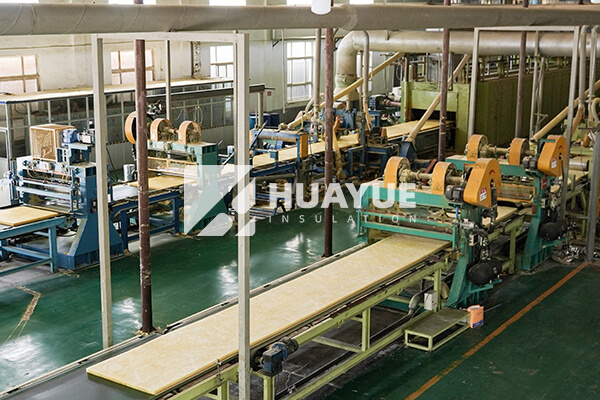
During factory visits, I watch technicians test moisture levels all the time. Fiberglass products at HUAYUE, with their consistent structure and purity, are inorganic. They lack nutrients for mold. The only real risk comes from improper handling or installation. If the wool gets dirty or is packed too tight, airflow drops and trapped moisture can start problems. Regular cleaning and inspections help. Keeping surfaces free of dust and debris means mold can’t form. When Hans checks a new tank, he looks for signs of leaks, soil, or chemical build-up. He avoids solutions with paper or organic coatings near the glass wool. The “no organic material” rule works. In all our projects, glass wool stays safe as long as the area is dry, clean, and well-designed.
How Long Does It Take for Mold to Grow on Insulation?
Mold might grow in days if conditions are right. Knowing the timeline helps plan response and prevent long-term damage.
Mold can start growing in as little as 24-48 hours on wet insulation that has organic debris. Fiberglass itself, being inorganic, will not promote mold growth on its own.
Moisture enters a tank room, and if debris sits on glass wool, spores land and multiply quickly. I’ve seen cases where unnoticed leaks let mold form between checks, appearing almost overnight. The primary factor is not the insulation, but the environment: high humidity, stagnant air, and dirt left during installation. The quick timeline illustrates why it’s important to fix leaks right away and inspect regularly. Mold progresses fast where neglect gives it a foothold. In industrial settings, regular maintenance schedules and moisture sensors can stop problems early. In chemical plants, air movement and cleanliness are constant priorities, so our insulation stays safe from mold unless something slips out of routine.
Will Fiberglass Insulation Mold if it Gets Wet?
People worry that any water leads straight to mold. Water damage always causes nervous questions and urgent decisions.
Fiberglass insulation will not grow mold just because it gets wet. Mold needs an organic food source. Once insulation is wet, drying it quickly is important to stop any other issues.
Water alone does not make glass wool moldy. If tank insulation gets soaked, I check for organic contamination nearby. As long as the insulation is clean, the best option is drying and airing it out. If moisture remains, all insulation will lose performance and risk damage, but mold only develops with food sources present. Chemical engineers always look for two things: water and nearby dirt or biological residue. When I audit a site, I focus on cleaning up spills and removing unwanted materials, not just pulling out wet insulation. In areas with repeated condensation, I recommend vapor barriers and routine inspections. HUAYUE products resist water, but process discipline keeps mold issues away in every real-world situation.
Conclusion
Fiberglass insulation resists mold unless moisture and organic contamination occur. Fast action, clean environments, and regular inspection keep tank insulation safe and reliable.
You may also be interested in:
Ready to Get Started?
Get in touch with our experts for personalized solutions tailored to your needs.
Get Free QuoteLatest Articles

Glass Wool Fire Rating: How Safe Is Your Insulation?
Dec 25, 2025
Let's Work Together
Ready to take your business to the next level? Get in touch with our team of experts and let's discuss how we can help you achieve your goals.
Get Free Solutions
